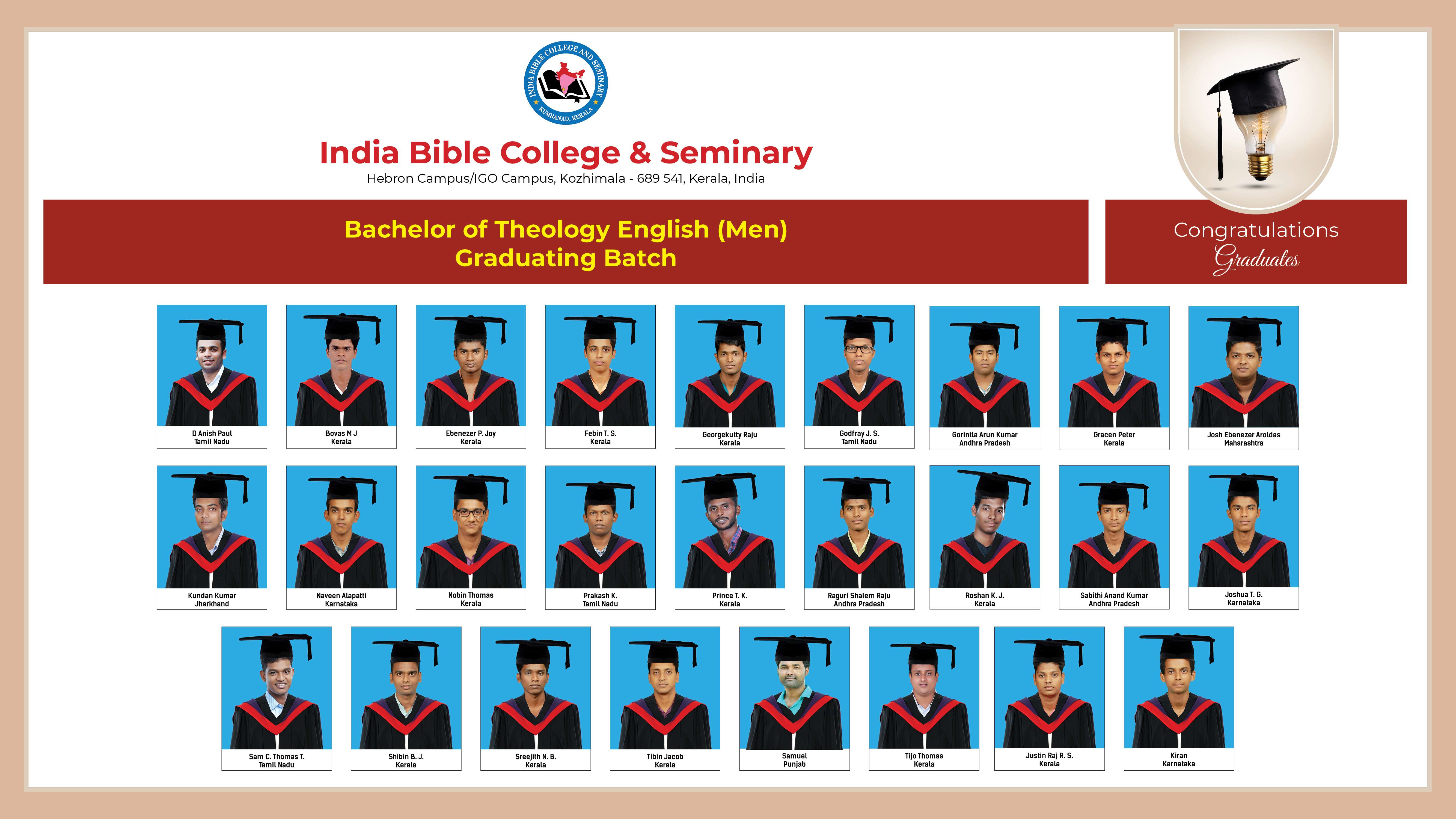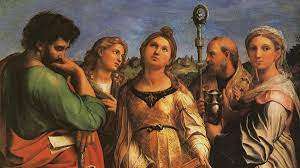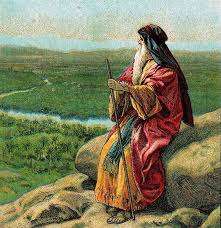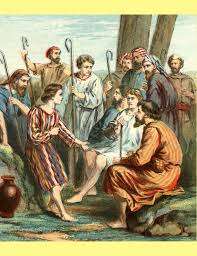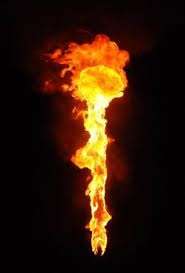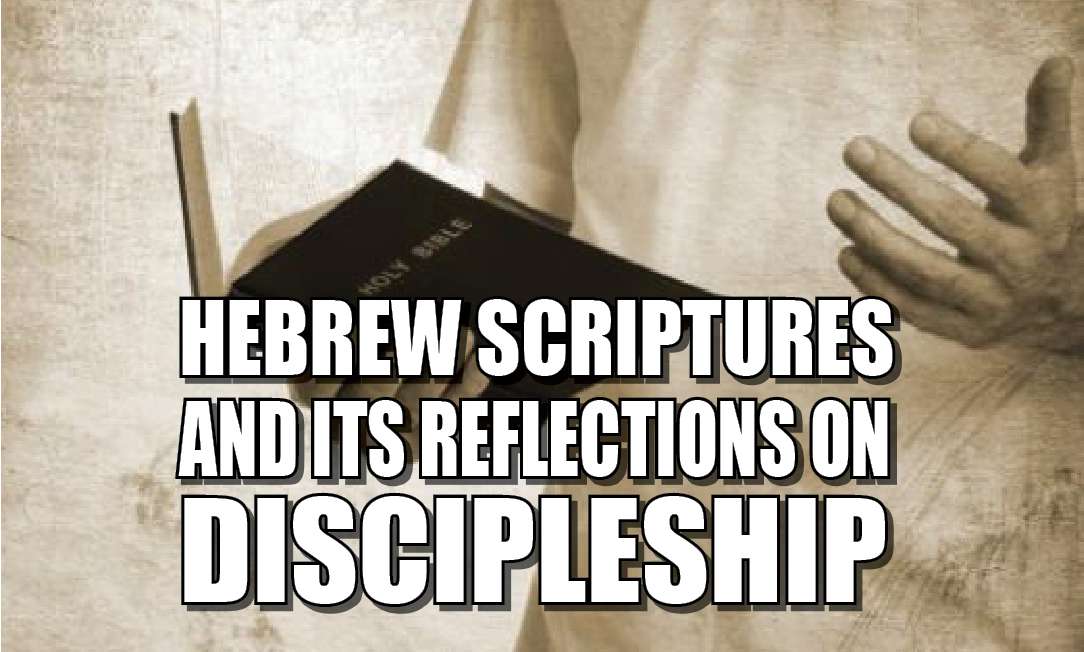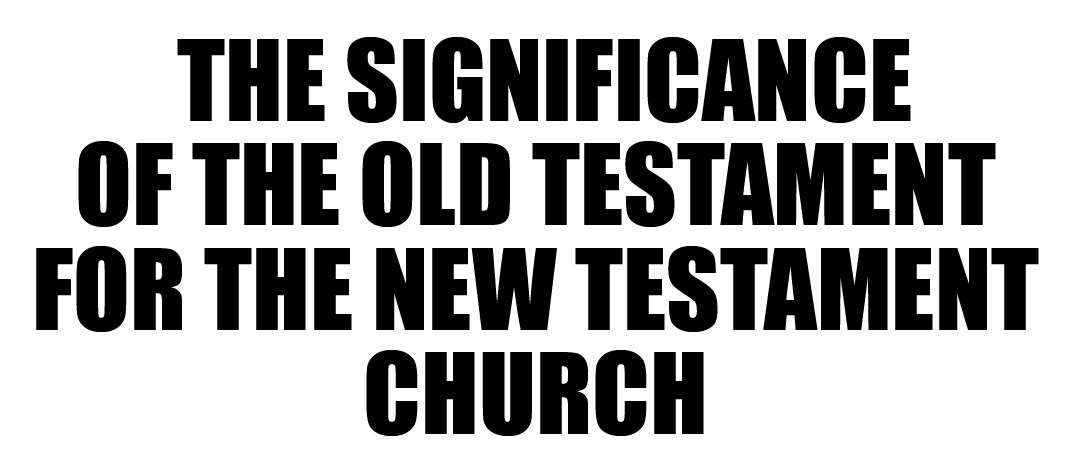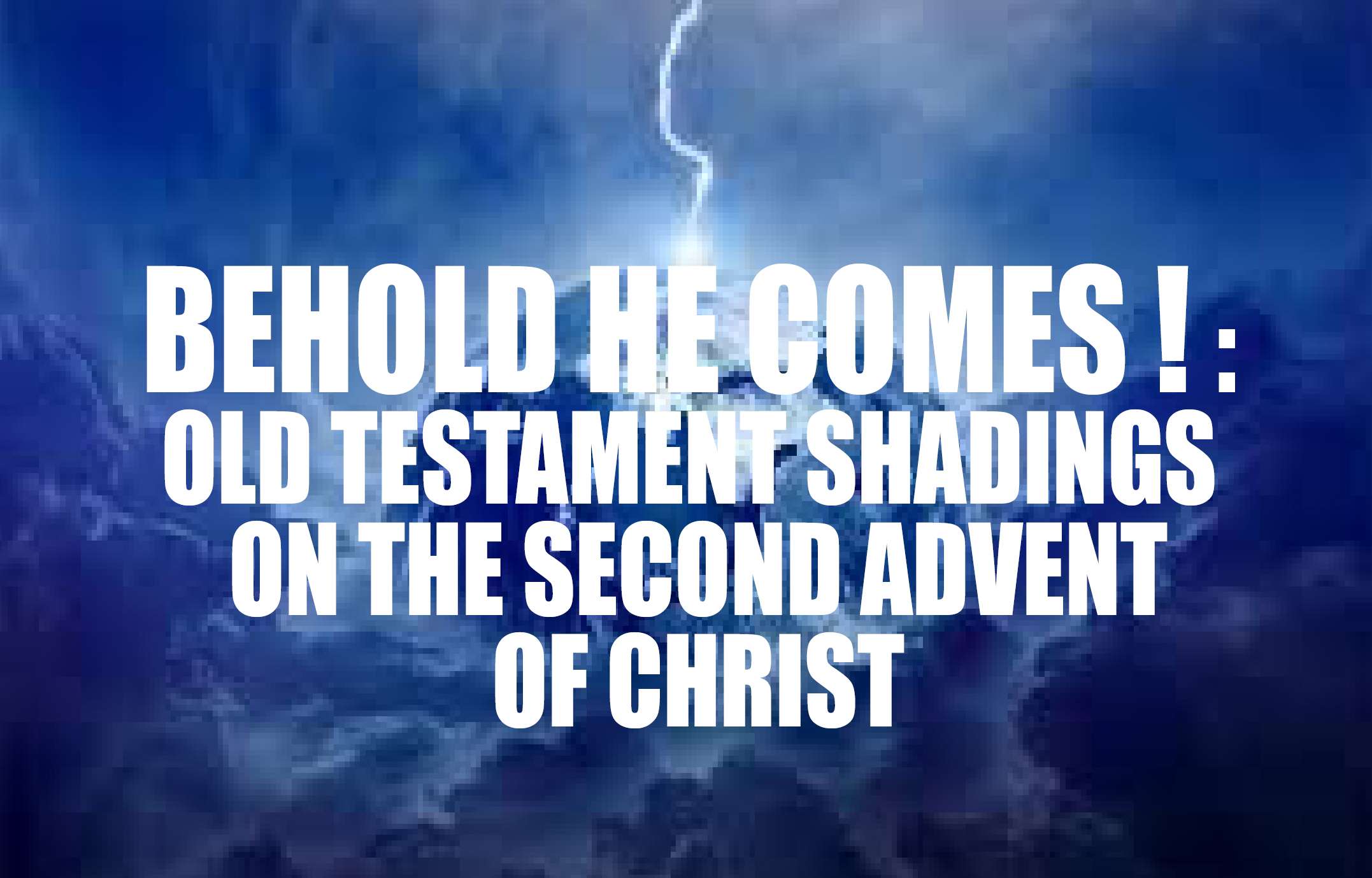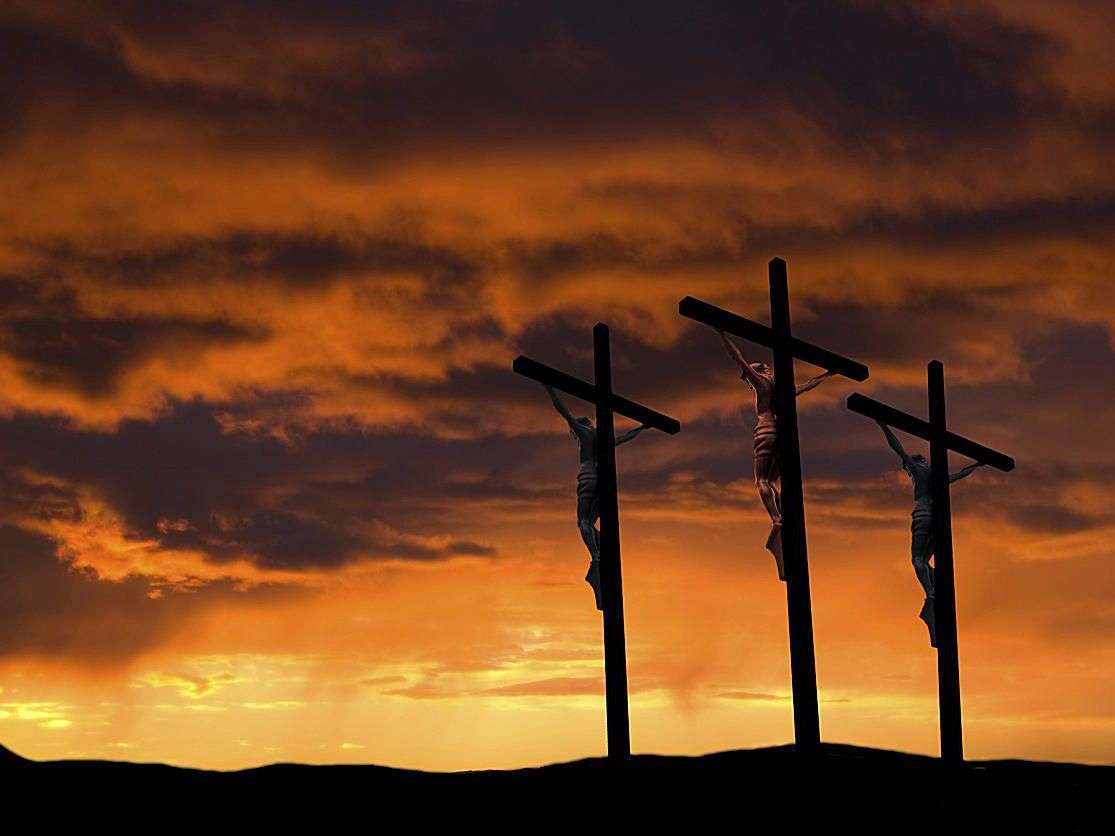

A GREAT ACCOMPLISHMENT: THE SIXTH CRY FROM THE CROSS
Pr. Phinni Joseph
Tetelestai (It is finished) is the most triumphant cry in all of human history. It is the sixth word heard from the cross. Cross is a powerful symbol that implies the whole purpose of God for this world. For Jesus it was the purpose for which He came to this world. The words from the cross are the words in the final hour of His suffering. Last words from a person before death are always important so are the words from the cross. The heaven was silent on the cross, but Jesus was not! When the whole word plunged into darkness, He was uttering his final message to the world. When he was wounded his brokenness turned into final message to the world. The cries on the cross reveal the deepest longings of his heart.
The sixth saying from the cross is ‘tetelestai’ (it is finished) (Jn.19: 30). Some other versions yield to read, ‘they are finished” The description of the death of Jesus in the Gospel of John is slightly different from that of the other gospels. The account given by John is longer than gospel of Luke, but shorter than that of Mathew/Mark. The reference to time in the other gospels are lacking in John (sixth, ninth hour). Also it is noted that descriptions like darkness loud cry, rending of he veil and earthquake are also missing. In the passage given the idea of ‘finishing’ is repeated thrice. John. 19:28a, ‘Jesus knowing that all things were now accomplished’, and in 19:28b, he declares ‘I thirst as the scriptures might be fulfilled’ and in 19:30, when He received the vinegar he said ‘it is finished’. This is to affirm the fact that Jesus dies only after he has fulfilled what he came to do. To put it another way, John the apostle insists on the idea that from the time of His birth to the time of his death Jesus had faithfully achieved what the heavenly father sent Him to do.
The word ‘finished’ is used three times by God in history; the first is to denote the achievement of creation, second in the end time when the new heaven and earth would be made. Between these two extremes it is the cry of the Savior from the Cross that made the third.
The question: What is finished? The simplest way is, “the feverish activities of those who led him to the cross, the bewilderment of the on-lookers, the tension of the soldiers, the silent watch of the dear ones, above all the pain and suffering of the crucified one”, here all come to and end. But that‘s not enough, to explain the gravity of the term ‘finished’. It implies much more than we can fathom; in His death pangs he was conscious about the assignment the Father gave Him. To say, it speaks about the finality of His work- the labor pain of a new creation, the pain of cutting the new Covenant - with humanity. In moments of his greatest suffering and humiliation, the Savior understood the fulfillment of prophesies, realization of all types foreshadowed in the past and during the finality of the redemptive work he shouted for victory, “It is accomplished”.
The Prophecies Fulfilled
The word on the cross implies the fulfillment of the prophecies concerning the birth, life, suffering and death of the Messiah. He was born of a woman (Gen. 3:15. cf.Gal.4:4), from the tribe of Judah (Gen.49:10.cf. Lk.3:33), King over the Davidic throne (Isa.9:7.cf.Lk.1:32), declared the Son of God (Ps.2:7.cf.Mat.3:17), ministered as prophet and priest (Deut.18: 15 cf.Acts.3:29, 22; Ps.119:4 cf.Heb.5: 5, 6), healed the broken hearted (Isa.61:1, 2 cf. Lk.4:18). The suffering and death of Jesus began with the triumphant entry of Jesus (Zech.9:9 cf.Mk.11:7, 9, 11), betrayal (Ps.41:9cf. Lk.22:47, 48), sold for thirty pieces of sliver (Zech.11:12, Mat.26: 15) accused of false witness (Ps.35:11cf. Mk.14:5, 7), spat upon and smitten (Isa.50:6 cf. Mat.26:67), the vicarious suffering (Isa.53:5 cf. Rom.5:6, 8, 9), crucified with malefactors (Isa.53:12 cf. Mk.15:27, 28), pierced through hands and feet (Zech.12:10 cf. Jn. 20:27), scorned and mocked (Ps.22:7 cf. Lk.23:35) and given vinegar and gall (Ps.69:21 cf. Mat.27:34). After the fulfillment of these prophecies, Jesus knowing that all scriptures were accomplished, he said, ‘it is finished’. He was born, lived, ministered, suffered, died and rose again so that the scriptures might be fulfilled.
The Types Fulfilled
The ministry, passion and death of Jesus on the cross also imply the fulfillment of foreshadows or types of the Old Testament. There would never be an ideal character in all human history exactly fit into the description for the types foreshadowed except the person of Jesus of Nazareth. He was a prophet like Moses, a savior like Joshua, priest like Melchizedek, king like David and Son of Man like Jonah. He was not only the lamb that was slain, but also the scapegoat who takes way the sin of the world. More exciting is the contrasting characteristics in His personality, He is the Lamb of God and Lion of the tribe of Judah; the name at which every knee shall bow, yet despised by all; the King of kings , but riding on a donkey; a man born of virgin mother! A person without blemish, but upon whom the Lord lay all the sins of the world. The one whom all in heaven and earth serves, yet washed the feet of the His disciples. The Savior of the world, being helpless, forsaken by God on the cross. The divine appointment that seems difficult to meet in one person - all accomplished in one Person, the Jesus of Nazareth.
The Sufferings Fulfilled
Jesus was on an assignment to suffer for the sake of redeeming the whole world. The society at that time saw him as a trouble make, the religious authorities tried to kill him and some others accused him. Even the people of his hometown tried to pull him down, despised and rejected by all. The Roman government did their worst to mock and crucify him to please the Jewish segments, fair justice was denied for Him. His own disciples, who professed their readiness them even to die with him, denied him when it cost them life. They could not remain as friends of someone who was hated and condemned to death by crucifixion. Above all, the pain that caused when the thorns pressed into His flesh, when he was tired of the weight of His own cross and to maximize the agony-the moments he was forsaken by his father- full measure of rejection, suffering, pain and agony- All finished!
Fulfillment of the work of Redemption
The prophecies and types foreshadowed in the Old Testament are fulfilled in the person of Christ. But more important is to know that the work of the redemption of humanity, everything that was needed is finished. This may imply,
(i) The Defeat of Satan and the Reign of Sin and Death
The death of Christ on the cross resulted in the ultimate victory of Christ over Satan (Jn.12:31-32, Col.2:14-17).Since Satan was defeated, the reign of death and sin are also cancelled (Rom.5:12-21, 6:9; Rom.6:1-23, I Cor.15:54-58) .The claims that Satan held over humanity is cancelled for ever and freed the entire humanity. Jesus disarmed the powers, principalities and triumphed over them by the cross.
(ii) Reconciliation is fulfilled
It was on the cross that the Lord reconciled the whole world unto himself (Col.1:20-22). Thus the cross event made it possible to have peace between the sinful humanity and the Holy God. A way for personal access to God is opened for ever through the finished work of the Lord on the Cross (Eph.2:13-18, Heb.10:19-28).
(iii) The Justice of God fulfilled
The death sentence upon humanity (Gen.2:17) is fully nullified and nailed to the cross. Because the death of Jesus on the cross fully satisfied the demand of the justice of God (Rom.3:21-26, 5:1-11). Thus, we are now justified not by our works but by the finished work on the cross. It was difficult for people to live up to the standards of God demanded by the Law. So the Son of God came and fulfilled the demand of the Law fully justified the entire humanity. He was the sacrifice fully accepted to the Lord to declare freedom and eternal life to all. Under the old Covenant the priest offered sacrifices, but Jesus was both priest and sacrifice. As Warren Wiersbe makes it clear, “He took my bankruptcy and covered it with His solvency”. The Son of God paid the great price of redemption and He paid it in full - the debt is cancelled,- It is finished!
(iv) The Cutting of the New
Covenant accomplished
As Jesus utters the words ‘it is finished’, it meant the end of the Old covenant and the beginning of a New Covenant. This is clearly explained in Colossians as Paul writes, “having canceled the written code, with its regulations, that was against us and that stood opposed to us; he took it away...” (Col.2:14-17). He established a covenant with his own death (Heb.9:15ff) making it possible for everyone to enter boldly to the throne of Grace. As prophet Jeremiah had foretold, this covenant would not be like the covenant He made with their forefathers, rather a new covenant, where he will put his law in their minds and write it on their hearts (Jer. 31:31). It’s the beginning of a new age where the people enter into the kingdom of God through repentance and their faith in the finished work of Christ on the Cross.
Now, “they are finished”- the fulfillment of prophecies, types and the work of redemption. This declaration of victory addressed to the Father, to humanity and to Satan. In relation to his father, Jesus accomplished the mission given to him from above-drank even the last of drop of the cup of God’s wrath. Satan is disarmed forever, losing all his claims on humanity. Fully defeated, made a public spectacle on the cross. To the entire humanity, it is an open invitation to come and drink from the spring of salvation. The Lord accomplished what we could not, He became victorious where we failed, He was wounded for our transgressions, He became poor so that we might become rich- all debts are paid in Full. The challenge before us, “if Jesus has finished the great work for me, what kind of person should I be? How can I serve Him better?”

